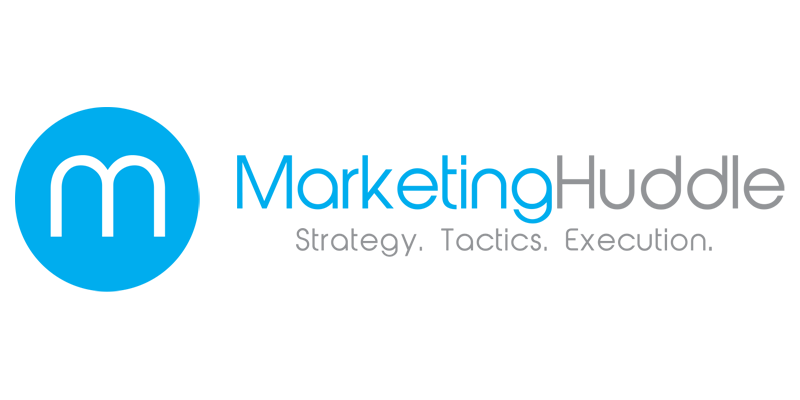 Every year the folks over at Moz come out with what has proven to be the authoritative annual report on local search ranking factors. They poll experts in the field and produce an easy to see and comprehend report that details the empirical evidence of how Google is ranking local pages.
Every year the folks over at Moz come out with what has proven to be the authoritative annual report on local search ranking factors. They poll experts in the field and produce an easy to see and comprehend report that details the empirical evidence of how Google is ranking local pages.
Sometimes it’s a challenge to wade through the SEO-speak, so in a nutshell, here are our takeaways from the latest report, issued October 13, 2014.
What’s working in local search ranking
User Behavior matters – Google is now paying particular attention to what your user does while they’re on your site. They are viewing clickthroughs, filling out forms, even getting directions as a sign that your site is providing a good search experience.
Proximity to the searcher – It appears that the search algorithm is becoming better and better at detecting user location. If your local pages are GEO optimized, you stand a better chance at Google connecting the dots and showing your results for searches in your local area. Google is even getting good at detecting desktop locations, something it hadn’t done in the past.
Your domain’s authority – This is rising fast. If you are a brand and are engaged in building authority and presence in the search engines, Google is deciphering this and helping your pages to rank ahead of the more spammy results.
Citations still work – Citations are still a large part of the plan, and even unlinked citations from an authority site are proving to be very useful and advantageous. Still strive to acquire more and better citations as part of ranking well locally.
On-Page SEO signals rule – The most significant factor in this year’s survey was again on-page SEO. The presence of NAP data, (name, address, phone) keywords in titles, domain authority and GEO locators among others are still leading the way when it comes to getting you great results in local rankings.
I would certainly encourage you to read the full report, which can be accessed through this page.








